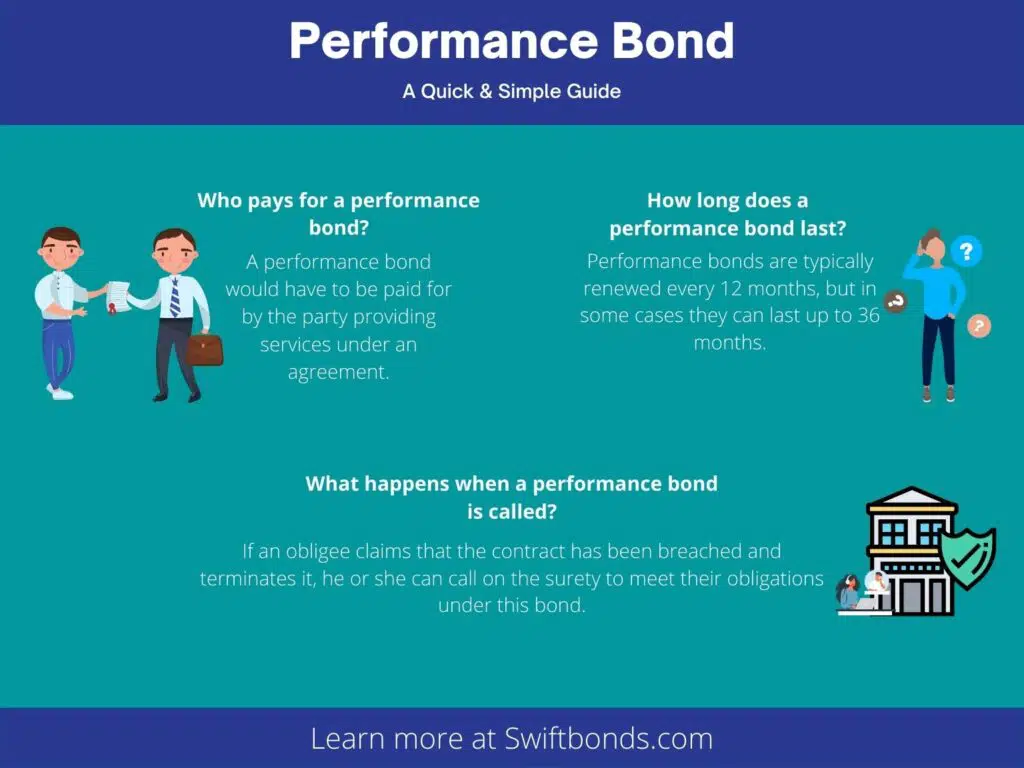In today’s dynamic landscape of nonprofit management, safeguarding trust and integrity is paramount. Nonprofits often operate on tight budgets, which means every investment must yield significant returns. One crucial investment that often flies under the radar is fidelity bonds. This article explores why nonprofits should invest in fidelity bonds for their staff, examining the benefits, implementation processes, and how they can enhance organizational integrity.
Understanding Fidelity Bonds: A Primer
What is a Fidelity Bond?
A fidelity bond is essentially an insurance policy that protects organizations from financial losses due to fraudulent acts by employees. It covers various dishonest behaviors, including embezzlement and theft. By securing a fidelity bond, nonprofits can shield themselves against potential misconduct.
The Necessity of Fidelity Bonds in Nonprofits
Nonprofits handle sensitive information and funds daily, making them susceptible to internal fraud. Investing in a fidelity bond not only secures assets but also reinforces trust with donors and stakeholders.
Types of Fidelity Bonds Available
Employee Dishonesty Bonds- Protects against theft or fraudulent actions by employees.
- Covers actions taken by contractors or vendors working with the nonprofit.
- More comprehensive coverage that includes various types of employee misconduct.
Why Nonprofits Should Invest in Fidelity Bonds for Their Staff
Investing in fidelity bonds isn’t just about protection; it’s about peace of mind. Here’s why every nonprofit should consider this essential safeguard:
1. Enhancing Trust Among Stakeholders
When nonprofits are bonded, they demonstrate responsibility and commitment to ethical practices. This assurance can help attract donors who value transparency and accountability.
2. Safeguarding Organizational Assets
Money lost to employee theft can cripple an organization financially. A fidelity bond acts as a safety net, ensuring that any loss incurred due to dishonest actions does not directly impact the nonprofit's operations.
3. Attracting Top Talent
Organizations that prioritize security measures like fidelity bonds signal stability to potential employees. This can make it easier to recruit skilled personnel who want to work for trustworthy organizations.
4. Compliance with Grant Requirements
Many grants require organizations to have certain insurance policies in place, including fidelity bonds, as a condition for funding. Being compliant opens doors for additional resources Swiftbonds critical for mission-driven activities.
5. Peace of Mind for Leadership
Knowing that there’s coverage in place allows leaders to focus on strategic goals rather than worrying about potential internal threats.
The Financial Implications of Fidelity Bonds on Nonprofit Operations
1. Cost-Effectiveness Compared to Potential Losses
While there is an upfront cost associated with purchasing a fidelity bond, this pales compared to the financial devastation caused by fraud or theft within the organization.
2. Premium Variability Based on Organization Size and Type
The cost of fidelity bonds will vary based on factors such as:

- The size of the organization The number of employees covered The type of bond chosen
Understanding these aspects helps nonprofits budget effectively.
Implementing Fidelity Bonds within Your Nonprofit: Steps to Consider
1. Assess Risk Levels within Your Organization
Identify areas where your organization may be vulnerable, including cash handling processes or employee access levels to sensitive information.
2. Research and Choose a Reputable Provider
Not all bonds are created equal! Take time to research different providers and compare their offerings, prices, and claims processes.
3. Determine Appropriate Coverage Amounts
Choose coverage amounts based on your organization's financial thresholds and risks identified during your assessment phase.
How To Communicate the Importance of Fidelity Bonds Internally?
Educating staff about the necessity of bonding fosters a culture of transparency and accountability within your organization:
- Conduct training sessions detailing what fidelity bonds cover. Share real-life case studies highlighting successful fraud prevention through bonding.
Frequently Asked Questions (FAQs)
1. What does a fidelity bond cover?
A fidelity bond typically covers losses resulting from employee dishonesty, including theft or embezzlement.
2. How much does a fidelity bond cost?
Costs vary widely based on factors like coverage amount and company size but generally range from hundreds to thousands annually.
3. Are there legal requirements for having a fidelity bond?
While not universally mandated, certain grants or contracts may require it as part of compliance measures.
4. Can volunteers be covered under a fidelity bond?
Yes! how Swiftbonds work Many bonds cover both employees and volunteers under specific conditions; however, it’s crucial to clarify this with your provider beforehand.
5. Does having a fidelity bond lower my risk exposure?
Yes! While it doesn’t eliminate risk entirely, it significantly mitigates financial exposure from potential employee misconduct.
6. How do I file a claim if needed?
To file a claim, contact your bonding provider directly—typically through their claims department—and provide necessary documentation supporting your claim request.
Conclusion
In conclusion, nonprofits are tasked with managing not just resources but also trust—a precious commodity in today’s philanthropic environment. Investing in loyalty through safeguards like fidelity bonds can significantly enhance operational integrity while protecting against internal threats that could jeopardize mission achievement.
By understanding why nonprofits should invest in fidelity bonds for their staff, organizations can make informed decisions that ensure long-term success while maintaining donor confidence and safeguarding their assets effectively.
This article serves as an extensive guide detailing the critical nature of investing in fidelity bonds within nonprofit organizations while addressing practical implications and strategies tailored specifically for them—ensuring they are well-equipped to face both challenges ahead while promoting sustainable growth through responsible management practices.